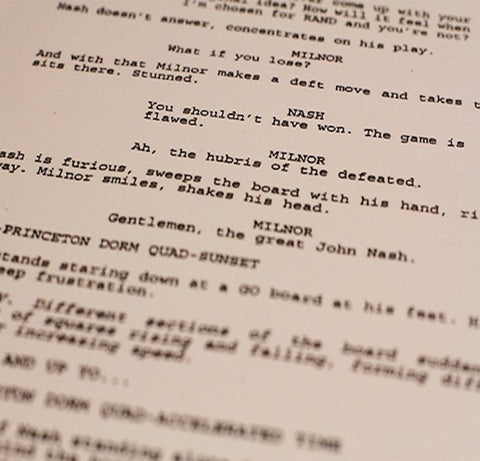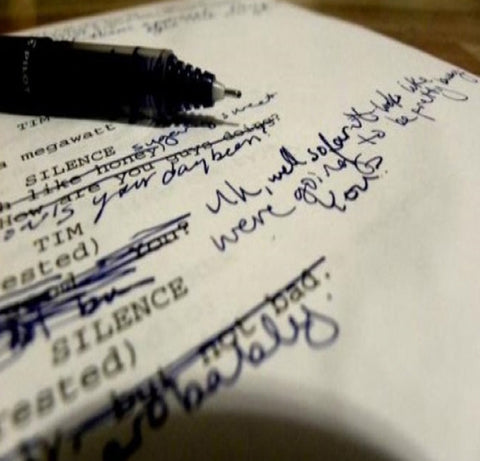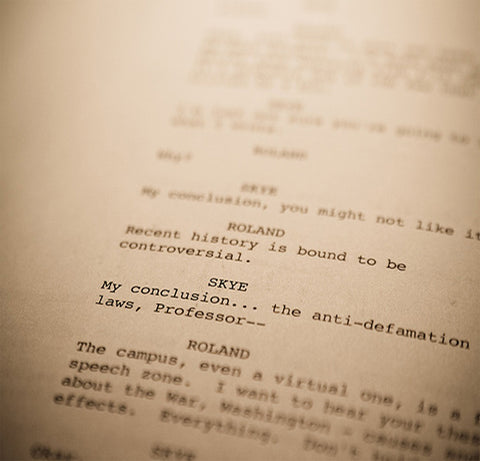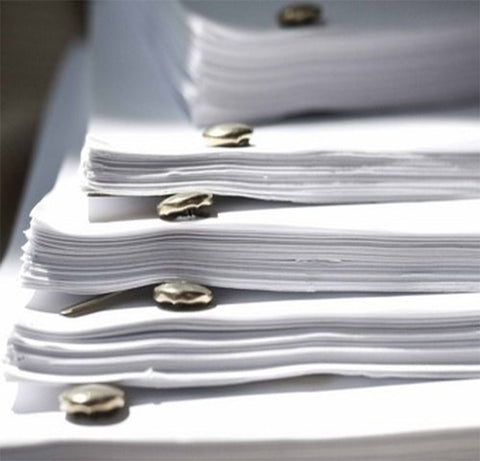
Denouement
The denouement is the final beat in three-act structure. It is the last scene or sequence in the story. The denouement is incredibly important.
Because: the denouement is the last opportunity for the film to communicate with the audience before credits roll. It can determine how the audience feels as they leave the theater, and how they perceive the film as a whole. If the denouement lands with a wrong or sour note, the audience comes away with the movie dwelling on their freshest memory: of that wrong or sour choice. But if we end well, we send the audience away on the emotional high of the film’s genre payload.
A good denouement is short. It is a final scene, perhaps a sequence if it’s very quick and brief. The story’s job now is to end the story in a satisfying manner. I have read scripts and seen movies that have tied off the main business of the A-story, and concluded the characters’ arcs… and just keep going, and going, and going. A too-long denouement can wear out the movie’s welcome. We want to hit that last thought and then – Get out!
One way to use the denouement is to give the characters a “happily ever after.” We let the audience know that the protagonist is going to be okay; they have earned a peace. It’s Ripley going back into cryo-sleep at the end of the ALIEN. It’s: camera pulls back, heroes ride off into the sunset, violins swell… the end.
The denouement can also be used as a bookend with the first-10 to resolve the themes or main problem of the story. For example, SPIDER-MAN 2 opens with a shot of Mary Jane, but she’s distant, an image in a poster. Peter Parker loves her, but can’t connect with her. So what’s the final image of this film? Again, it’s a shot of Mary Jane, but the characters have connected; now it is Peter who is distant, but only because he has swung off to fight crime with her blessing. The problem of the story – connecting these two characters – is resolved.
We can also use the denouement to provide a final shock, scare, laugh. The last scene of a thriller might give us a twist that throws the whole story into a new light, a la BASIC INSTINCT. The audience is sent out of the theater still thinking about the movie. It stays with them.
Horror movies often end with a final scare, like Carrie’s hand bursting out of the grave in CARRIE, or the twist/scare/reveal at the end of THE RING. Creature features often end with a reveal of baby versions of the main monster.
We want to complete the emotional circuit, and resolve the problem and journey of the narrative. The question is: When the lights come up, what do we want the audience thinking and feeling? And how can the denouement be crafted to deliver this state?




